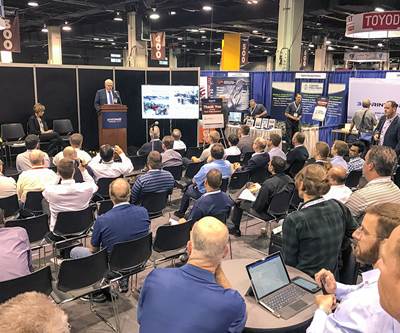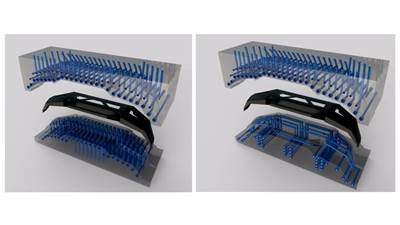VIDEO: Custom Mold & Design Talks Hybrid Additive Manufacturing
Lester Jones, VP of Custom Mold & Design discusses the shop's use of its Matsuura Lumex Avance-25 hybrid AM machine for creating conformal-cooled inserts with MoldMaking Technology Editorial Director Christina Fuges.
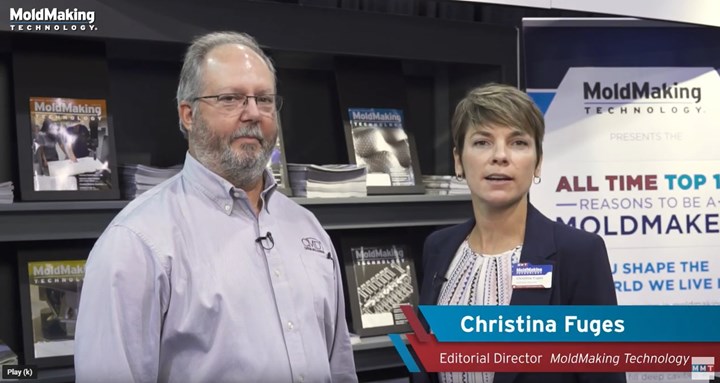
A team of 320 people across three facilities—Custom Mold & Design, Paradigme Engineering and Teamvantage—considers itself an engineering company that helps people develop products, not just new molds.
The CMD team performs a great deal of ultra-precision part and mold work for a variety of medical devices and equipment, always focused on finding creative ways to solve complex problems and AM, specifically hybrid machine technology to produce conformal-cooled inserts, is how they believe they can take advantage of additive technology to make better molds for customers.
Listen in as I speak with CMD’s VP Lester Jones about the company’s move to this technology option.
Transcript:
Christina Fuges I'm here with Lester Jones of Custom Mold & Design. Lester, let's talk about this hybrid additive/subtractive machining technology. What is the key to implementing this technology?
Lester Jones I think one of the keys is to make sure that we've got the right people involved in implementing that technology. It's a big leap. We typically are adding some new piece of equipment but doing subtractive machining work. So it's just a little bit of a stretch, but it's not that big of a deal for us. This is something that's brand new. We need to identify the most creative people, people that are willing to embrace change and that isn't always easy for people. But getting the right people involved with the machine and then really learning that process and then going through the repetitions being willing to try many ,things to get good at it.
Christina Fuges What is the number one lesson you've learned so far using this technology?
Lester Jones I think when we initially took on the machine we ended up getting a broad group of people involved in it and we found that that was really a mistake. We weren't making any headway because the people weren't having enough concentrated time with it. So when we've dedicated an individual who's involved in it 100 percent of the time, which really helped us accelerate our progress. That was a challenge because you end up taking some of your best people who are really good at certain things and you miss them when you pull them out of that. But it's what we need to do to make the commitment to this process and to that individual to move their career forward.
Christina Fuges What is the main benefit of conformally-cooled inserts made with this hybrid technology to the OEM, to a molder and to a mold builder?
Lester Jones As the mold builder, it allows us to build the best quality parts for our customers, and if we can do something to increase their efficiency and their molding processes that is a really great benefit. The real beauty of conformal cooling is that we're able to build components that there's no way we could manufacture. We have spiraled water channels that we could not machine in a conventional way. So now we're able to provide that to a customer who needs a complex part, and they want to reduce the cycle time. We have an example for which we reduced the cooling time by 44 percent which helps the customer afford the more expensive tool because they're going to save money—potentially hundreds of thousands of dollars in the production of that product.
Christina Fuges Can you talk a little bit about the insert in the Matsuura demo?
Lester Jones Working with Matsuura we replaced the core and an existing mold for a battery case. It's a 1 inch x 4 inches x 4 inches tall core with ejector pins and baffles running up in the core. We're running an 18-second cooling cycle on that particular part. We're able to take that down to 10 seconds and the parts actually measure better than they did with the previous situation. So we sped it up significantly and made a better part, and less warp because we're able to get the heat out of there in a much better situation. We put together a white paper with a few partners.
Christina Fuges Where do you see this machine technology going in the next few years?
Lester Jones We're learning new ways to make the process more efficient. Working with Matsuura helps us solve any potential issues as far as maintenance items on the machine. We have their technical engineering people working with us in our facility quite frequently. We're doing parts jointly for studies and tests about warpage, post-processing, etc. It's really a great partnership. I think spending the time together as we're working to produce new programs is going to pay some dividends. I think in the end people who buy the machine years down the road will end up with a better product because of the relationship with the user intimately involved in the development process.
Christina Fuges Thank you Lester for joining me and for more information on additive manufacturing, Custom Mold or Matsuura machinery, visit moldmakingtechnology.com.
Related Content
6 Ways to Optimize High-Feed Milling
High-feed milling can significantly outweigh potential reliability challenges. Consider these six strategies in order to make high-feed milling successful for your business.
Read MoreMaintaining a Wire EDM Machine
To achieve the ultimate capability and level of productivity from your wire EDM on a consistent, repeatable and reliable basis, regular maintenance is a required task.
Read MoreFundamentals of Designing the Optimal Cooling System
The right mold components can help improve mold cooling and thereby produce higher-quality parts.
Read MoreTreatment and Disposal of Used Metalworking Fluids
With greater emphasis on fluid longevity and fluid recycling, it is important to remember that water-based metalworking fluids are “consumable” and have a finite life.
Read MoreRead Next
Amerimold 2019 Update: What You Should Know about Additive Manufacturing for Conformal Cooling
This panel discussion will present in detail the different AM technologies available today, their advantages and disadvantages, and specific ways to implement these technologies without issue.
Read MoreBeyond Conformal Cooling: Uniform Thermal Surface Control
The concept leverages principles of conformal cooling to enable even more precise temperature control.
Read More3D Robotic Deposition Advances Conformal Cooling
A new conformal cooling technique has emerged, rooted in a multilayer robotic deposition technology that is capable of manufacturing near-net shape objects.
Read More

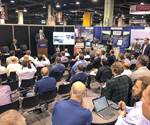





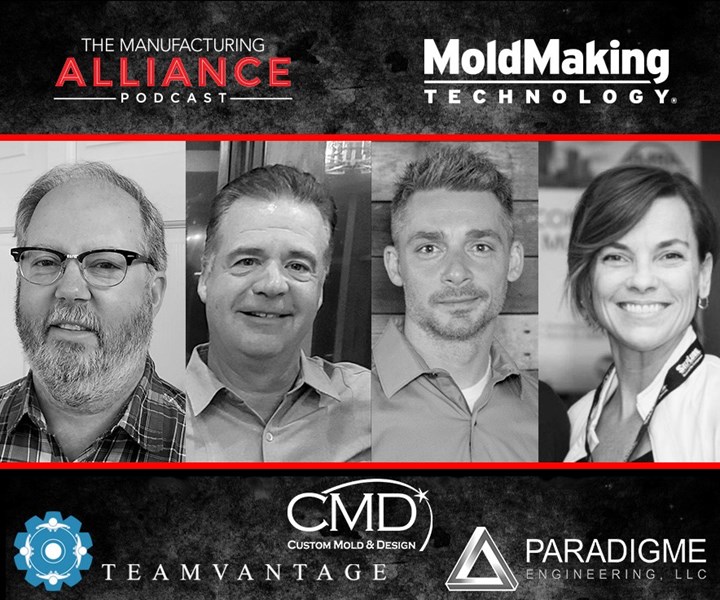




.jpg;maxWidth=300;quality=90)



_300x250 3.png;maxWidth=300;quality=90)







